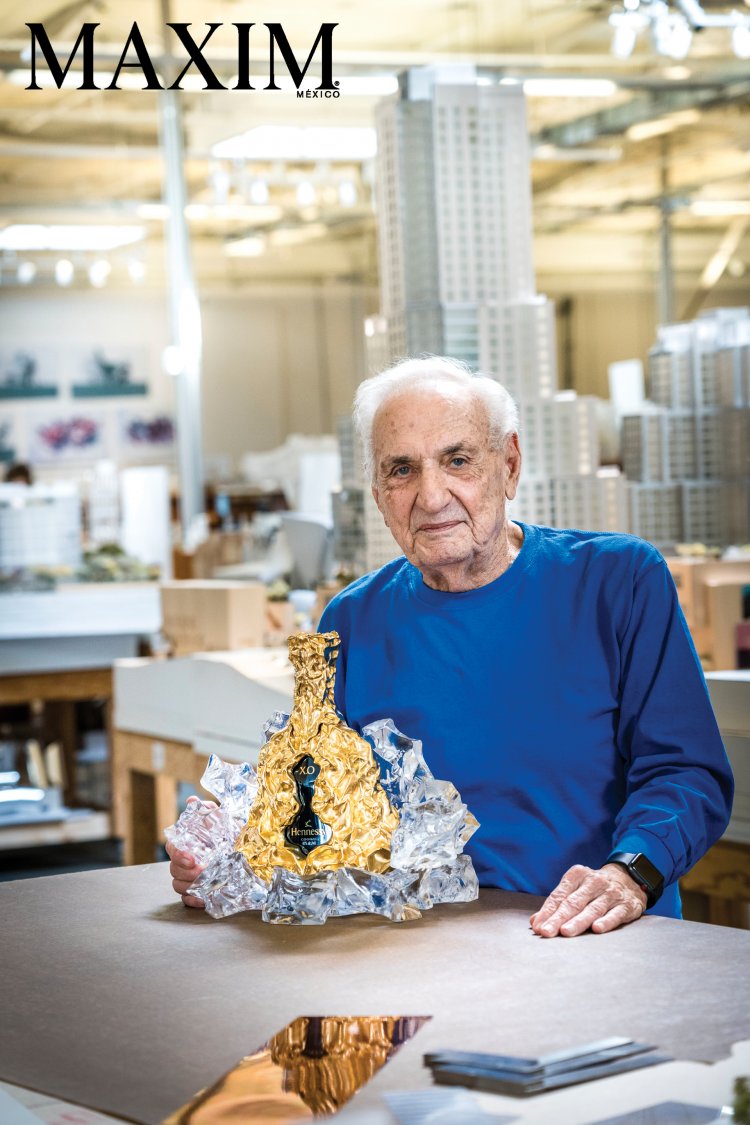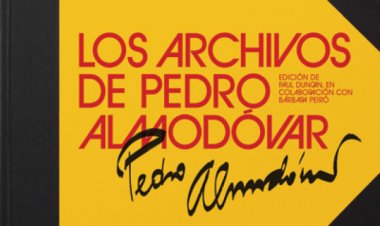The elixir of the architect
The revered Frank Gehry collaborated with the Hennessy cognac brand to create 150 ultra-luxury bottles.
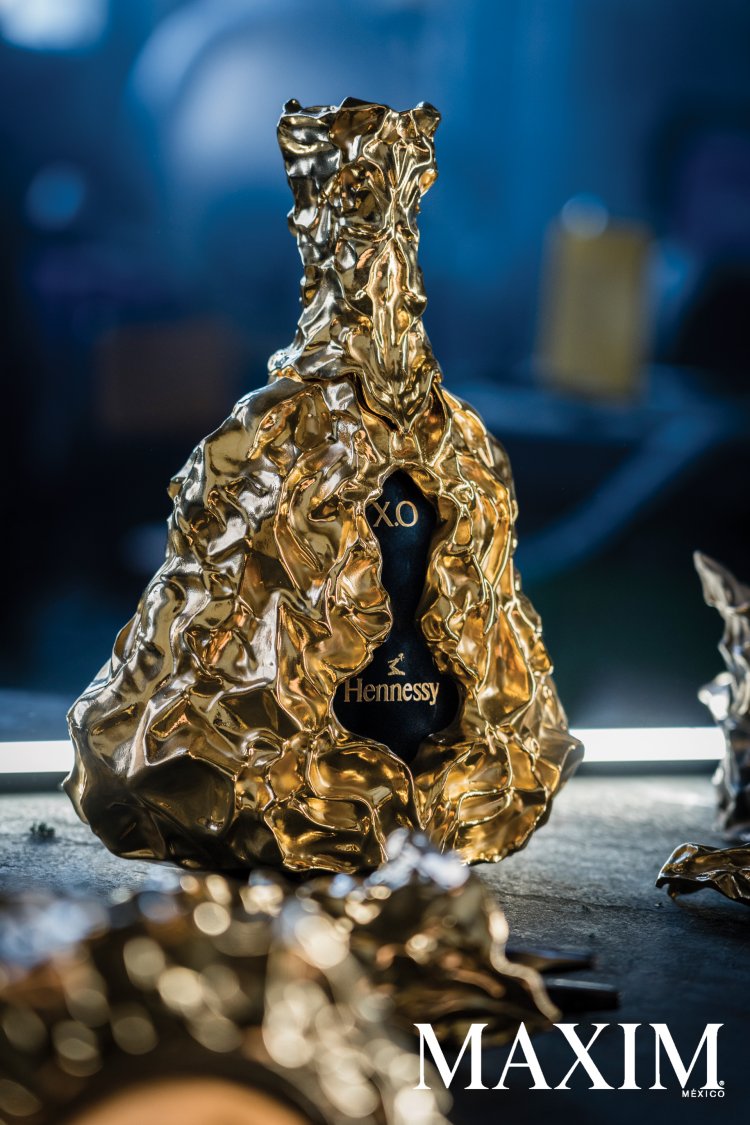
Nothing less than an authority, the one Vanity Fair once called "the most important architect of our age." And it wasn't an exaggeration: Frank Gehry, designer of the Guggenheim Museum in Bilbao, among other masterpieces, has always lived up to the nickname.
On the shelf in your library you are pleased to see the Pritzker Prize, the National Medal of Arts, the Presidential Medal of Freedom and the Légion d'honneur, among other achievements. And next to them, you can now place a bottle of one of the best cognacs in the world, a sculptural masterpiece in its own right.
Hence its name, the Hennessy X.O x Frank Gehry masterpiece. Limited to just 150 signed and numbered copies, priced at around $ 17,000 each, the containers of the precious elixir have all the presence and style of one of its iconic buildings. Truly a fusion of the avant-garde and the traditional, Hennessy XO is the cognac created in 1870 by Maurice Hennessy for his family and friends, the first "Extra-Old" (XO) cognac in history in a collaboration that also matches his 150 anniversary.
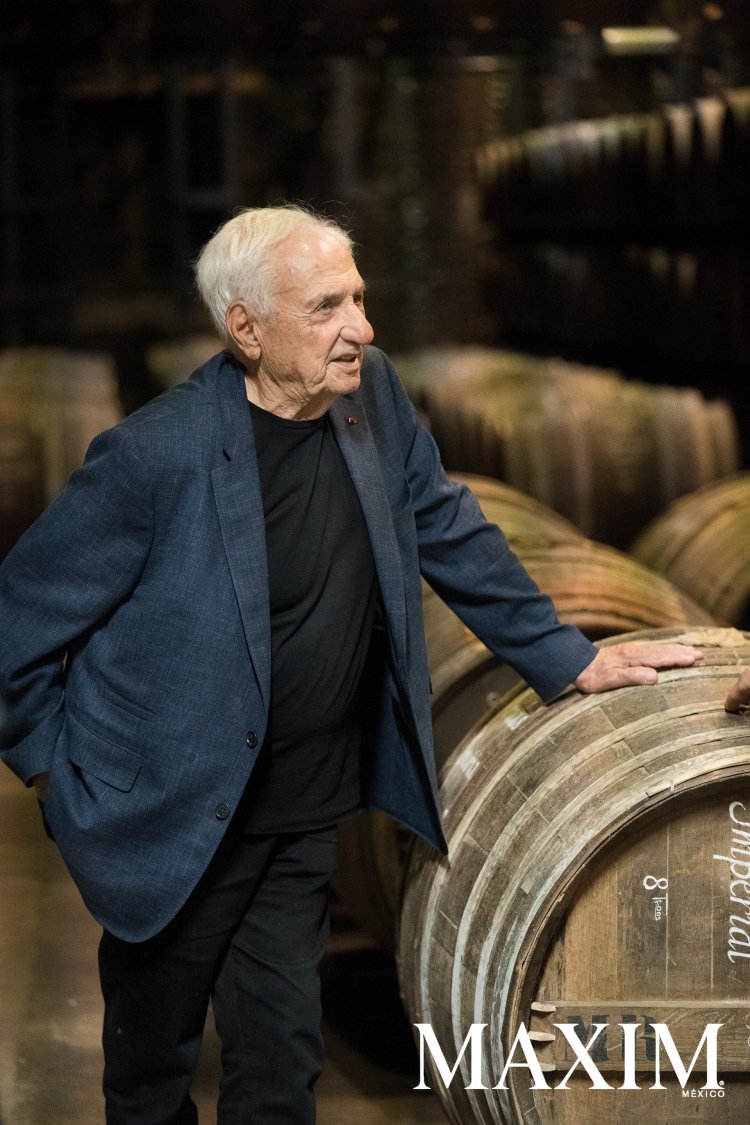
Gehry's creation in gold and glass is an evolution of the famous X.O pitcher-shaped decanter, created in 1947 by Maurice Hennessy's great-grandson, Gérald de Geoffre. Gehry was inspired by the fertile land, twisted lives and the winding Charente river of the Cognac region of France, home to the Hennessy Maison, wrapping the decanter in a wrinkled 24-karat gold-plated bronze sleeve.
In addition, it is clad in a fractured glass "glorifier", with a wrinkled effect, which captures the light and gives the illusion of movement. Finally, Gehry created a luminous rifle, made of brass and gold. The device is inspired by the ritual carried out by the Hennessy cellar master to extract the cognac from the barrels. Here, the great architect analyzes what this historic collaboration entailed for him.
What made you want to collaborate with Hennessy?
I agreed because I was drawn to the rich history of Hennessy X.O and the Maison Hennessy. It was an honor to take on the challenge of designing a symbol of an iconic cognac that represents 150 years of technique, work and emotion from a historical lineage of families and artisans.
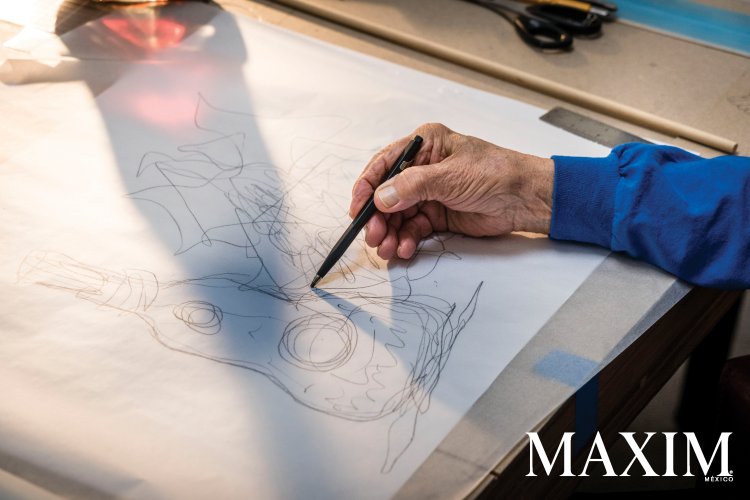
Why did you choose these materials?
I wanted this collaboration with Hennessy to be not just a decanter, but a sculpture. The use of strong yet elegant materials allowed us to create a strong shape while projecting beauty. For the decanter, using bronze to make the shell allowed us to replicate the surface texture of the Charente River, which we dipped in gold to create a light-catching and fascinating finish like water. We created the translucent glass glorifier; he had worked with pieces of glass on a building in Chicago and wanted to use that technique on another project. The glass creates the illusion of a water splash surrounding the decanter.
How would you describe your creative process?
Creativity is, at first, curiosity. Creative ideas come from being curious about the topic, asking questions, and discovering along the way, without being afraid to try new things. When I design, I try new things, make multiple designs and models until I find the final product that feels good.

What is the common thread of your designs, be it a decanter or a building?
It is sincere. It is a commitment to the people I am working with and embracing their culture, which is different from mine. With Hennessy, culture is a commitment to excellence, from the people who make the barrels to the tasters; they want excellence in everything they do and they want Hennessy X.O equipment to match the taste.
Do you think that a good design should create an emotional connection with the viewer?
About 50 years ago, I went to the Archaeological Museum of Delphi in Greece, and I stood in front of a statue called The Charioteer of Delphi, one of the most famous bronze sculptures surviving from ancient Greece. I looked at the statue and started crying. I felt the emotion transmitted through the bronze mold and it was a really powerful idea for me that the emotion could be transmitted through inert materials; therefore, it meant that architecture could create an emotional response; and furniture, painting and sculpture, everything can do it. I believe that this decanter and glorifier that we have created expresses the emotion of the culture from which they were born.
